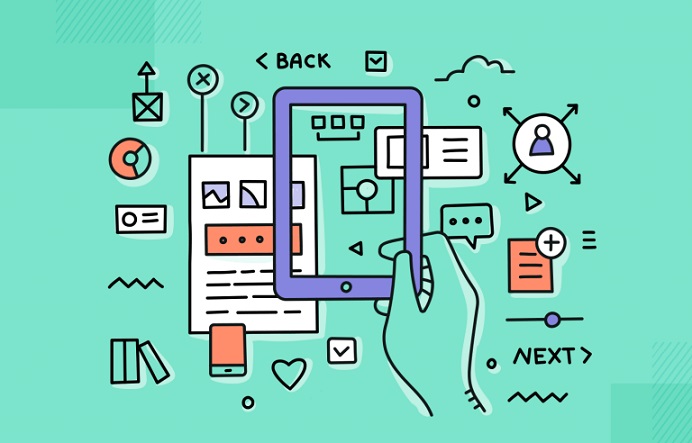If you’re not techy, you would have probably asked what a UX designer does. But, to tell you honestly, this also occurs among tech industry professionals and employers.
The broad meaning of the field of user experience (or UX) design makes it hard for UX design companies to understand how it can be described in job descriptions. In fact, there are several career paths in this area that you can choose from.
Getting the most out of job listings is a very daunting duty, especially if you are an aspiring UX designer. So, this guide aims to walk you through its job description and let you know more about this field.
First things First— What is a UX Design?
Before anything else, you first need to know the meaning of UX design. The goal of this discipline is to create experiences that are designed to interact with real users. This includes everything from websites to coffee machines.

Since the concept of UX (or User Experience) design first emerged, it has been associated with good business. Only those services and products that provide a seamless experience will be successful.
The field of UX design is incredibly eclectic, with many areas combining business, technology, psychology, design, and market research.
If you’re curious about learning more about this tech field, we suggest you explore the different areas of this specialization. Who knows, you might be the next big thing in the UX world.
What Exactly Does a UX Designer Do?
If you’re thinking of pursuing a career in UX design or planning to learn the ins and outs, you must know how a designer works. This will give you good ideas of the kinds of projects you need to be done and what to expect in your role as a UX designer.
A UX designer typically works with a broader team and can bridge the gap between the various stakeholder groups within the company. Their main goal is to advocate for the customer or end-user.
Be it creating a new feature or enhancing an existing one, designers should consider the overall experience and the customers’ best interests when it comes to designing.
Also, UX designers ensure the products or services fit the company’s vision and goals. The work of a UX designer will significantly vary from company to company, as well as their priorities and team size.
What are the Main Tasks & Responsibilities of a UX Designer?
If you are a UX designer, you will be working on creating products designed to meet the users’ needs.
Throughout the designing process, you’ll encounter various steps to ensure that your designs are made to look and feel like the user wants them.
Research
The first step in the UX design process is typically the research phase. During this stage, as a UX designer, you’ll need to gather information or any relevant data about your client and their project to create a better understanding of the user experience.
But how does a typical UX designer get this done? How do designers determine what they need to do and provide for the sake of a “good user experience?”
- The UX designer would combine field and desk research to understand the client’s requirements better.
- The designer may conduct interviews with existing users to identify areas of pain points and opportunities and review the current website’s features.
Visual Design
UX designers are focused on the overall design of the user experience. While some UX designers are experts in visual design, they focus on UI design.
Some of the responsibilities of UX designers are involved with the following:
- Final images
- Typography
- Color schemes
If you need more clarification about the difference between UI and UX, we also created a separate article guide to explain more about the topic.
Final Thoughts
Aside from being capable to design software, UX designers also need to have a wide range of skills to work with clients and collaborators effectively. As an aspiring UX designer, you need to be good in terms of communication and shall possess empathy and problem-solving abilities.
And if you are a designer who wants to make some changes, we suggest developing strong relationships with developers and end users for better connections and results.



















